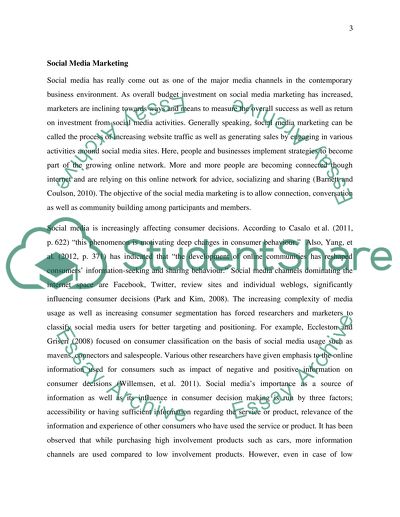Cite this document
(“Emerging Themes Project: The Toys and Games Industry Essay”, n.d.)
Emerging Themes Project: The Toys and Games Industry Essay. Retrieved from https://studentshare.org/marketing/1638802-emerging-themes-project-the-toys-and-games-industry
Emerging Themes Project: The Toys and Games Industry Essay. Retrieved from https://studentshare.org/marketing/1638802-emerging-themes-project-the-toys-and-games-industry
(Emerging Themes Project: The Toys and Games Industry Essay)
Emerging Themes Project: The Toys and Games Industry Essay. https://studentshare.org/marketing/1638802-emerging-themes-project-the-toys-and-games-industry.
Emerging Themes Project: The Toys and Games Industry Essay. https://studentshare.org/marketing/1638802-emerging-themes-project-the-toys-and-games-industry.
“Emerging Themes Project: The Toys and Games Industry Essay”, n.d. https://studentshare.org/marketing/1638802-emerging-themes-project-the-toys-and-games-industry.


